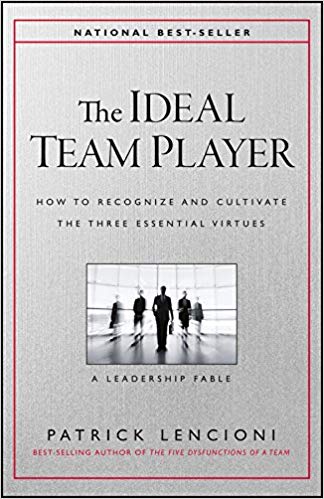
Do you wish to rise? Begin by descending. You plan a tower that will pierce the clouds? Lay first the foundation of humility. -St. Augustine
“There are no small roles, only small actors.” This famous line was spoken by Konstantin Stanislavski, “the father of modern acting”, who required actors who performed in his theatre productions to engage their roles with equal commitment, whether they were lead actors with large roles or supporting actors with few lines or no lines at all.
While seen as a sign of accomplishment to land a leading role in acting, one can’t overlook the smaller or supporting roles that can make a movie a success.
A list compiled at StudoBinder.com lists the Academy Award winners for best-supporting actors. Included on the notable list are Brad Pitt (Once Upon a Time…in Hollywood), Christian Bale (The Fighter), Heath Ledger (The Dark Knight), George Clooney (Syriana), Robin Williams (Good Will Hunting), Tommy Lee Jones (The Fugitive), Jack Nicholson ( Terms of Endearment), and Jack Lemmon (Mister Roberts), just to name a few.
When you look at the list of award winners for supporting actors, no one would look upon their respective acting careers in a lesser light due to winning best supporting actor. They are all distinguished in their own right for their contributions not only to those respective films but to the lead roles they’ve starred in since.
Embracing the mindset of no small roles is critical to the success of any business or organization that looks to make a difference. Nowhere is this more needed than in its approach to leadership. Inside many organizations is an unspoken competition to see who can get the leading roles, be the star of the show, and do whatever it takes to have the spotlight shine on them.
What’s needed is a casting call – a casting call for supporting leaders whose only motivation is what’s best for the team.
But how do you find such leaders with this mindset? Is it even possible? How do you build a culture where everyone embraces their respective roles for the good of the team? Here are a few ways to begin.
Cast the vision often and the importance of every role
A no small role mindset begins when everyone understands the significance of their role and why their contribution matters. When you make this a priority it builds a sense of pride that everyone is contributing to a cause and purpose that matters and without them, it wouldn’t happen.
Cast the expectations
Just as Stanislavsk demanded the best of every actor, regardless of the role, so too must you make expectations clear within your organization. A clear vision followed by clear expectations puts everyone on the same page and the possibility of success more attainable. Click To TweetThis can only work when egos are set aside and only what’s best for the team is embraced.
Play your best role
Not everyone will have the lead role, but everyone has a role to play. Attitudes matter, communication matters, trust matters, and commitment matters. These are the roles that when played with conviction will set your team apart from the rest.
Final Thoughts
Understanding that there are no small roles is essential in leadership. Every role is important and every role matters. As does every person. It’s when everyone knows it and gives it their all that teams can reach their full potential.
©2022 Doug Dickerson

 In his book,
In his book, 











